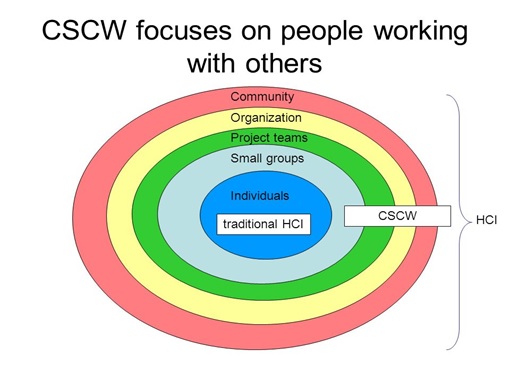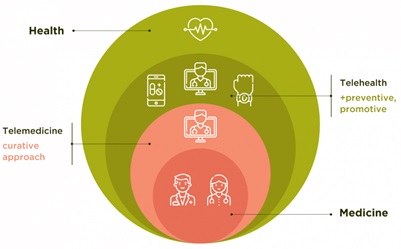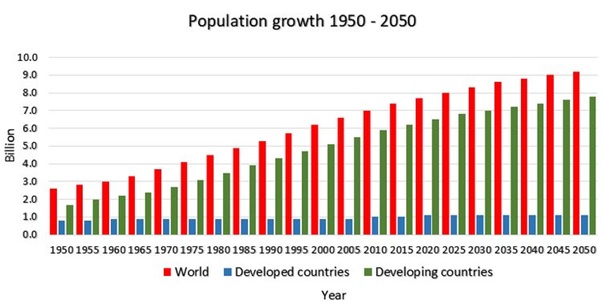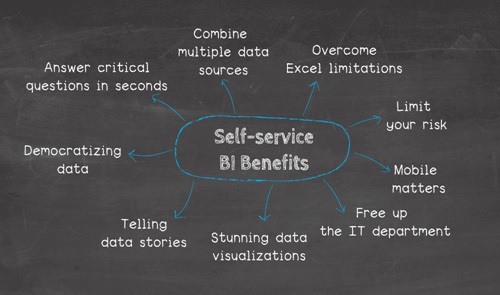Computer-Supported Cooperative Work (CSCW)
Computer-supported cooperative work (CSCW) consists of software tools and technology that supports a group of individuals working on projects at different sites. It is based on the principle of group coordination and collaborative activities supported through computer systems.[1]

Figure 1. The computer – Supported Cooperative work (CSCW)
Figure 1 shows the concept of computer-supported cooperative work was introduced by Irene Greif and Paul M. Cashman in 1984. It combines the cooperative work of individuals through networking, hardware, software, etc. The purpose is to provide identical improvements for multiple individuals working on the same or different production processes.CSCW adopts either a technology-centric or work-centric viewpoint. A technology-centric viewpoint emphasizes designing computer technology to support groups working together. A work-centric viewpoint emphasizes designing computer systems to support group work.There are 10 main dimensions inherent in CSCW:
- Time
- Space
- Interaction style
- Group size
- Infrastructure
- Context
- Privacy
- Collaborator mobility
- Extensibility
- Participant selection
These dimensions provide a rich design space through which the developers of a CSCW navigate. A face-to-face intervention includes digital white boards, electronic meeting systems, room ware and shared tables. A remote interaction includes videoconferencing, real-time groupware and electronic meeting systems. [1]
Enhancing cooperative work between groups:
More often than not, the first step at designing CSCW systems is to conceptualize the context of system’s use. Johansen in 1988 introduced a conceptualization model known as CSCW matrix. CSCW matrix is a two dimensional matrix that emphasized collaboration in terms of time and location. By ‘ Location ’; it considers if collaboration is collocated or geographically distributed. By ‘ time’; it considers if individuals collaborate at the same time (synchronously) or at different time (asynchronous)[3]
CSCW Technology:
The framework is a useful way to conceptualize collaboration technologies and their similarities and differences. Human behaviors that contribute to collaboration may be roughly divided into three categories: communication, sharing information, and coordination. People may engage in these behaviors at the same time (real time collaboration) or at different times (asynchronous collaboration). Technologies or technology features have been developed to support each of these six components of collaborative behavior.[4]
References:
- https://www.techopedia.com/definition/11264/computer-supported-cooperative-work-cscw
- https://cscw.acm.org/2022/
- https://www.grin.com/document/165456
- https://www.interaction-design.org/literature/book/the-encyclopedia-of-human-computer-interaction-2nd-ed/computer-supported-cooperative-work
Cite this article:
Thanusri swetha J (2021), Computer-Supported Cooperative Work (CSCW), AnaTechMaz, pp. 21















